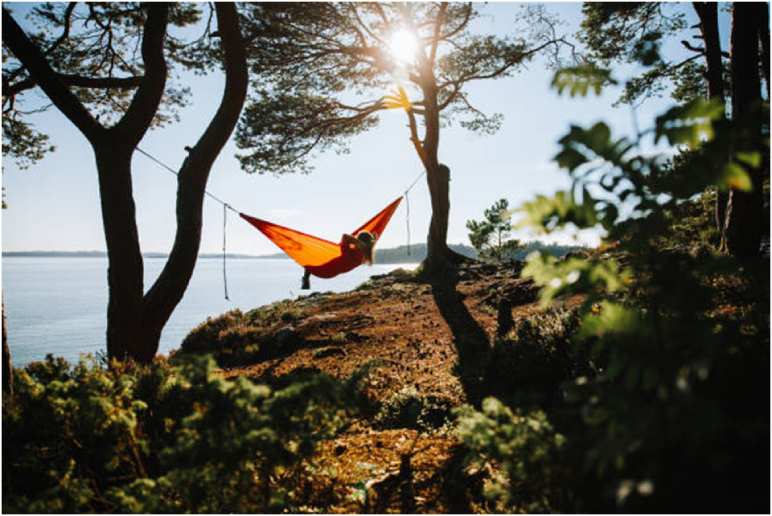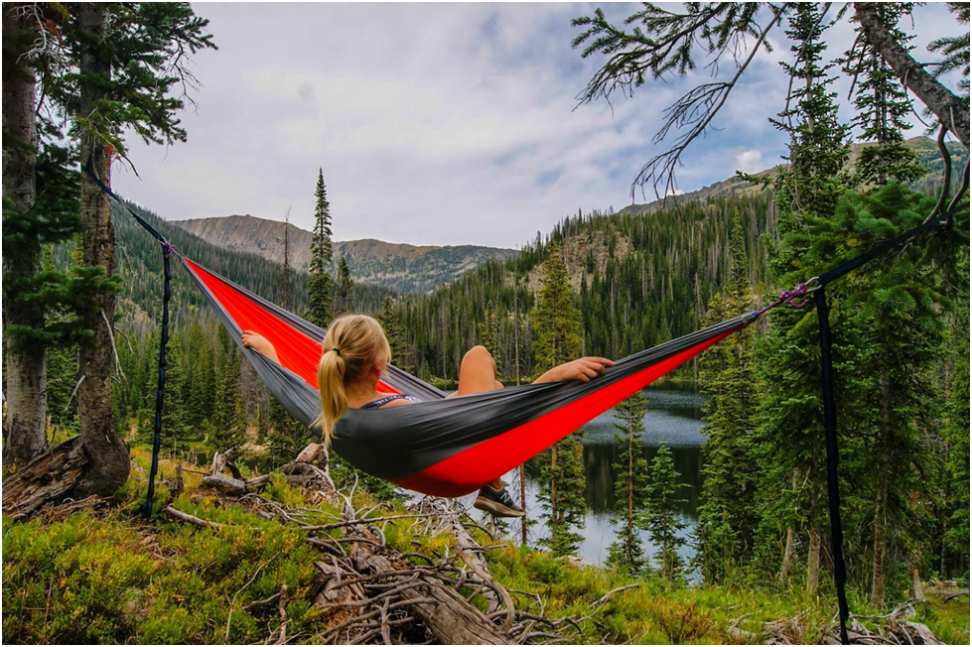Hammocks are selling out like crazy. Two years ago, the global Hammock market held an estimated size of $4.2 million, and it’s expected to keep growing at a forecasted rate of 6 percent per year until 2032.
One thing that could upend this market is comfort. Even though hammocks are versatile and great outdoors, they’re not as comfortable as most people would like them. Still, considering the diversity of hammock users, the issue may be a lack of knowledge on correctly setting up hammocks.
So, how exactly does hammock suspension influence comfort and user experience? Find out below.
Defining Comfort with Hammocks

Hammock suspension affects comfort and user experience, but what defines comfort with hammocks? Comfort is generally subjective, and one hammock setup may or may not be comfortable for two individuals.
Some people prefer a hammock setup that wraps tightly around them, and others may want an airy, unobstructed setup where they’re free to move around. A better way to define comfort with hammocks is to point out the most common issues people raise regarding hammock comfort.
These three issues are what many people claim deprive them of comfort in a hammock:
1. Uneven Pressure Distribution
The majority of hammocks on the market have a natural sag, which is not supported by anything besides the Hammock’s fabric, tree, or hook. When you get onto such a hammock, you add more weight, and its pressure is distributed unevenly.
Some of this uneven pressure can concentrate on your body parts, leading to numbness or even pain in extreme cases.
2. Limb Numbness Due to Limited Proprioception
All humans have the natural ability to perceive their limbs and location in a given space. However, when you lie on a hammock, this ability becomes limited. With no familiar touch points or reference points, it may feel like you can’t perceive where your limbs are.
3. Claustrophobia
Depending on your personality, a hammock may wrap around you snuggly (a good thing) or have the opposite effect. Some people may feel trapped, especially when using a slightly bigger hammock, which limits how they enjoy their Hammock.
The Science of Suspension and How It Affects Comfort
Suspension systems exist for many reasons, including comfort. Consider an example of a car suspension system. The function of a car’s suspension system is to stabilize the vehicle in motion and counteract force from the road, among other purposes.
Essentially, a car’s suspension either absorbs or redirects energy from the road to avoid passing it to passengers and the car’s frame. Think of how a ride would be unpleasant or how long a typical car frame would last without a good suspension system.
A hammock’s suspension system functions just the same, but there’s a slight twist to how the suspension operates. While a car’s suspension uses pneumatic tires, control arm springs, shocks, etc., a hammock only has straps and buckles.
How Hammock Suspension Systems Work
To understand how hammock suspension systems work, think of a hammock as a bridge. This bridge has to stay above the water, and cables help hold it high above. However, with a hammock suspension, there’s a notable difference.

Unlike a bridge, you’ll be lying on your Hammock, so it’s not just a significant load added to the Hammock, but it’ll also have to be comfortable. The Hammock’s straps or ropes form the core part of the suspension.
Tied around a tree or held by a hook, the straps help counteract gravity’s pull on the Hammock and your body. Unfortunately, while it does this, the straps/ ropes and the Hammock become taut. Strap and buckle or whoopie slings are another component of hammock suspensions.
Strap and buckle setups help you loosen the straps, lowering the Hammock’s tension. This makes it a bit comfortable, and you can adjust the strap and buckle according to your preferences.
Some common hammock suspension types include:
- Becket Hitch suspension
- Whoopie slings
- Marlin Spike Hitch
- Daisy Chains and carabiners
Each of these hammock suspension types has its strengths and limitations. The best way to determine the right suspension is to try them all out. There are things you just wouldn’t get without experiencing each suspension.
Finding the Perfect Hammock Setup

The perfect hammock setup is a delicate mix of several factors like what you intend to do, the environment, and personal preferences, among others. If you’ll be camping at a cold place, you should ensure your setup has provisions for insulation. Or if you’re a beginner and are unsure of a kit’s quality, go for what you see is sturdy enough.
With the right suspension, you can unlock another level of convenience and utility in your hammock. You can get the option to adjust your hammock’s hanging height, pressure distribution, and spreader bar angle.
Bottom Line
Hammocks are flying off the shelves in record numbers, and the demand is projected to increase further. Despite their massive popularity, many new hammock owners have raised issues with their comfort levels.
Unfortunately, only a few new hammock owners know how crucial hammock suspension is to comfort and how they can leverage this to create enjoyable and unforgettable experiences on their hammocks.
Additional:
- How To Delete A LinkedIn Account?
- Google Completes 25 Years Of Its Existence
- Corteiz: The Brand Revolutionizing Streetwear Culture
- NIIT Ltd. Incorporates Generative AI Learning Into Their Programs
- Navigating the IT Certification Landscape: Microsoft, Cisco, and CompTIA Certifications, Practice Tests, and the Controversy of Exam Dumps
Note: Image are use from: unsplash.com, istockphoto.com

